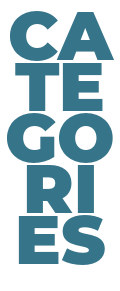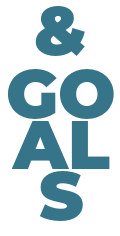Types of Websites

A CMS (Content Management System) is a software platform that is powered by a database. It has an easy-to-use interface where content may be added or edited with little training by a non-technical person.
A non-CMS website does not have an editor interface, meaning that only admins who understand the markup language used can update content. HTML is the most common markup language used to develop and design non-CMS web pages.
In a nutshell, the main difference between non-CMS and CMS websites is how content is maintained after the launch.
Content updates on a non-CMS site need to be made by a webmaster.
Content updates on a CMS can be made by you, the webmaster, or any non-technical person assigned to the task.
Someone looking at your website won't be able to tell if your website is non-CMS (created from HTML) or a CMS unless they look at the underlying code.


On the surface, one website can look wildly different from another, but underneath all the colors, informative graphics, and engaging photographs all websites are driven by the same basic concepts.
Website content requirements are shaped by the goals of your website. Following are four types of websites to further explain.
- Blog
A blog or weblog is an online collection of informational posts. The posts are displayed in reverse chronological order and usually focus on one topic, such as gardening, cooking, or news. Here is an example of a blog: Creating in the Gap. - Brochure
A brochure site has informational pages such as about, products/services, and contact. Although products and services may be detailed on the website, they are not purchased online but instead by contacting the business. Brochure websites are the most common type of website on the internet. Here is an example of a brochure site: Friends of McNabs Island - Portfolio
A portfolio site provides a way to share a body of work or résumé. Here is an example of a portfolio website: Heidi Jirotka Photography. - e-Commerce
eCommerce is the selling and buying of goods or services online. An eCommerce site can have as little as one product/service up to 1000s. Here is an example of an eCommerce website: Passive Design.
To sort this out, you first need to determine the goal of your website? Is it to create new leads? Is it to educate the public? Is it to sell a product?
Once you have defined your goals, your website's requirements will follow.
I find examples, always help. So here is one.
Let's say that Barry has a business selling his hand-carved, wooden bowls. He wants to get his business online. He first needs to sort out the goal of his website.
- Barry's Goal: Sharing his bowl-making journey
Website recommended: Blog - Barry's Goal: Sharing bowl-making tips with inspiring artisans
Website recommended: Blog - Barry's Goal: Getting customers into his physical shop
Website recommended: Brochure - Barry's Goal: Increasing credibility
Website recommended: Brochure - Barry's Goal: Sharing all the bowls he has created through a photo gallery
Website recommended: Portfolio - Barry's Goal: Getting commissions for custom bowls
Website recommended: Portfolio - Barry's Goal: Selling his bowls online
Website recommended: eCommerce
Websites can have multiple goals and therefore have combined elements, such as an eCommerce site with a blog.
You need a website. So, what's next?
All you really need to know is what you want out of your website to move forward. A good web designer will give you recommendations based on your goal.


